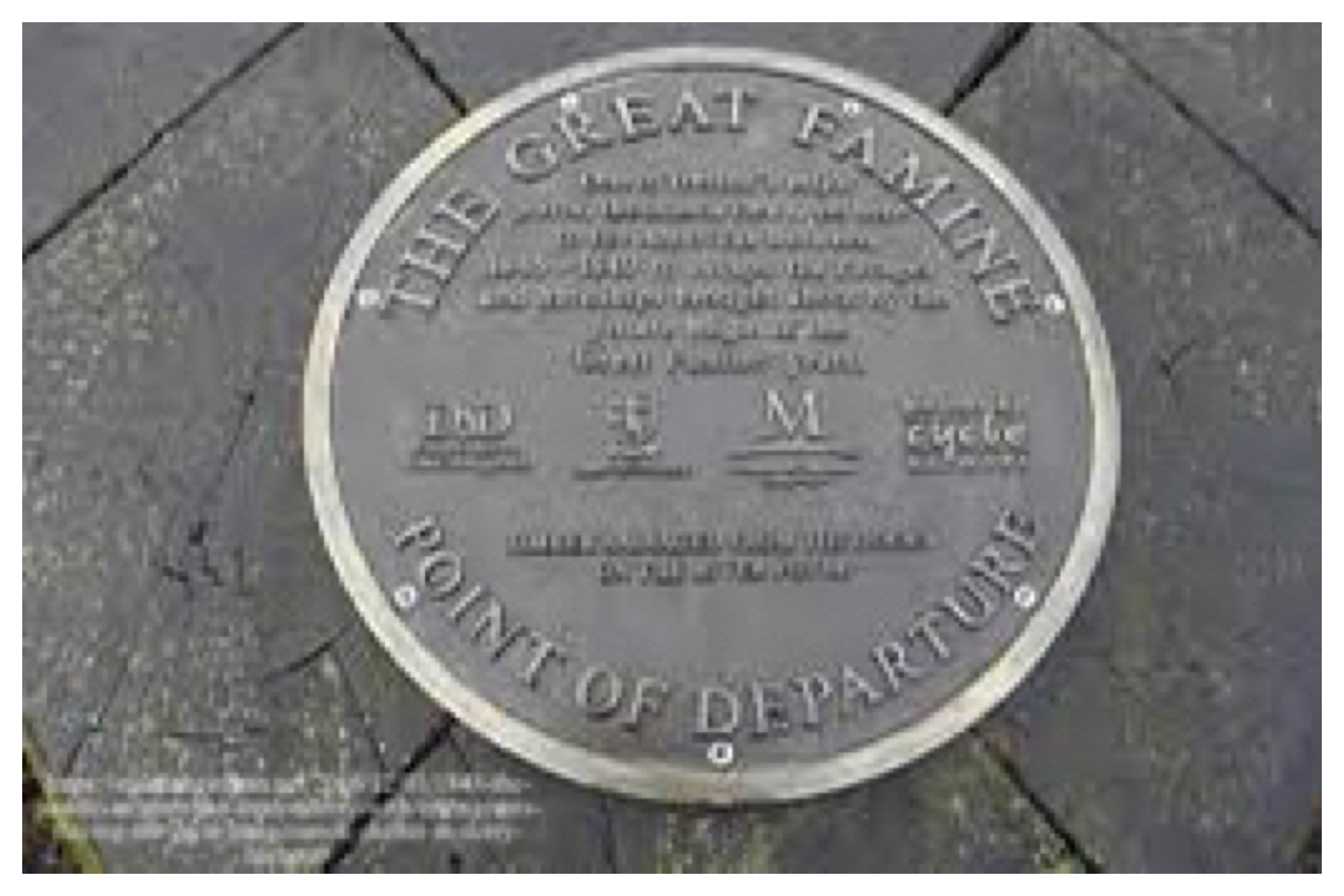Did you have ancestors that left Ireland during the great migration years? Did any of them die on the voyage to a better opportunity? It is well known that the ships were not in good condition and many died on the trip to the new life they were hoping to start. This is why the Steerage Act of 1819 was created in hopes of improving the conditions the poor dealt with on the voyages. However, without people who dedicated their lives to make sure the conditions for the poor were indeed better, it may not have improved enough.
Steerage was used for those who could not afford to travel in better conditions.
Steerage was used for those who could not afford to travel to America in better conditions. The steerage conditions on most ships had such a bad reputation that the American government passed the Manifest of Immigration Act better known as the Steerage Act of 1819, which dictated the strict minimum standard conditions for the passengers and also that captains must keep a detailed list of all their passengers. This turned out not to be enough and the Act was revised in 1847 and 1849. Another law was made in 1885 called the Carriage of Passenger Act which specifically focused on the plight of the steerage passengers. Finally, in 1894 Ireland also passed regulations called the Merchant shipping Act and this regulated the number of passengers the ship could carry and regular checks of the ships.
Tragedy prompts change.
One tragedy that occurred in 1848 brought to the forefront the conditions in steerage and also the treatment of steerage passengers. On December 1, 1848 the paddle steamer "The Londonderry" was traveling from Sligo to Liverpool. The ship was small and it was a short journey, so steerage passengers traveled on the deck. This trip had 174 passengers though the exact number is unknown. While traveling a horrible storm gathered with hurricane force winds. Steerage passengers were put below deck for their safety. But during the storm a companionway broke. This would have allowed water to get below deck and the ship would sink. The crew used tarpaulin to seal the hole and in effect trapped the passengers. There was already little room below the deck because this was where the cattle were being held. With the rough seas and all the other circumstances chaos soon reigned. 72 men, women or children were either crushed, trampled or suffocated from lack of oxygen. The Steerage Act had not helped.
One person makes a difference.
Yet, governments were not the only ones trying to help make circumstances better for steerage passengers. One such person was Charlotte Grace O’Brien. She had been a passenger on a ship to Tasmania after her father was found guilty of a crime. She knew first hand the conditions. But after reading the book, "The Irish in America," she wanted to help people have safer journeys across the ocean. Charlotte took another journey just to see how the conditions were. She lobbied the government for changes to ship conditions. The first thing she did was have a catholic priest on each ship for spiritual comfort and to give last rites. She would examine ships with a medical doctor to make sure the steerage compartment was safe. She also made regular inspections to make sure standards were being kept.
It is hard to imagine being so desperate to find a better life that steerage was better. While it may have taken decades and many Acts by the governments and even people willing to draw attention and help fix the issue, at least it was fixed and people were able to start new lives in new places in better conditions than their predecessors.
We can help
If you need any help finding your ancestors, just let us know.


